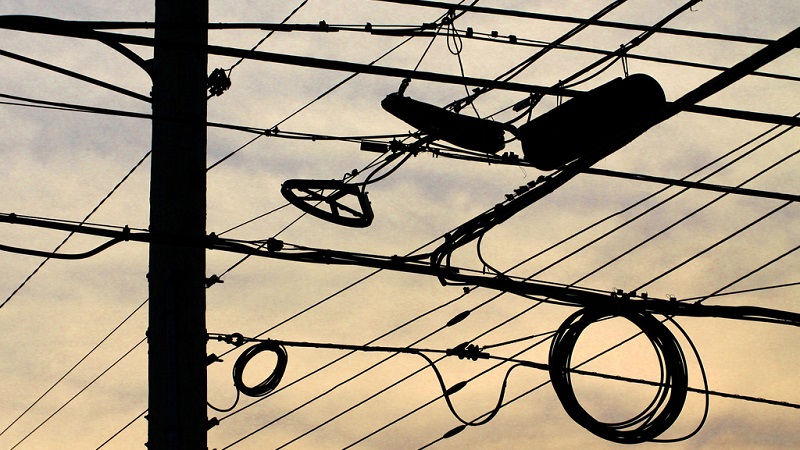With South Africa’s main electricity supplier struggling to keep the lights on, questions have been raised by the Institute for Security Studies (ISS) about the integrity of the country’s electricity grid.
The Institute argues that Eskom is hastily increasing its generating capacity, and renewable energy is becoming more readily available, but that the national grid might not be able to keep up with the steadily-growing influx.
“Electricity generation in South Africa is changing, but whether the power grid will be able to adapt to these changes is uncertain,” it said in an African Futures Project paper called ‘Gridlocked’.
Under the government’s Renewable Energy Independent Power Producer program, more renewable energy sources have been contributing to the country’s total energy capacity and the Institute believes that it will play a vital role by 2050 – but only if there is a clear plan for the structure of the electricity sector.
“Long-term energy planning is vital to the prosperity of South Africa. Aligning the Integrated Resource Plan (IRP) with the National Development Plan (NDP) with long-term planning in other sectors is necessary to create cohesive and realistic scenarios for the future. Grid planning can no longer take a back seat to energy planning – the strength of the grid is essential for South African growth,” it said.
But it is not as simple as just adding more pylons and cables in areas that are currently underserved. ISS suggests that all stakeholders must be involved in the planning process, so that grid planners, the system operator, grid operators and municipalities do not have to respond on an ad hoc basis.
“Maintaining a safe and reliable supply of electricity across the grid will become more complicated as renewable energy increases its share of the energy mix.”
ISS cautioned that if steps aren’t taken as quickly as possible to upgrade the grid infrastructure, South Africa could see a situation where wealthy citizens turn to private electricity alternatives while the rest are left with what the state can provide.
It is a bit of a catch-22 situation, as an effective grid can actually reduce the required generating capacity, but ISS explains it could have some unintended consequences. “[an effective grid] could also bring down the cost of electricity, leading to more overall energy production and higher carbon emissions.”
But ISS concludes that it is not just about increasing the efficiency of the grid or its technological sophistication, but about the overall planning that needs to go along with that.
“It is about improving the planning process, the flexibility in operations and the policies regarding embedded generation. These interventions will be successful only with a clear plan regarding the future structure of the electricity sector.
“The government must make roles and responsibilities clear, and outline a strategic path for the future of the utility. Whether or not it chooses to continue to transition towards a more market-based electricity model, roles and responsibilities need to be made transparent so that actors can be held accountable.”
[Image – CC by 2..0/Matt Katzenberger]

